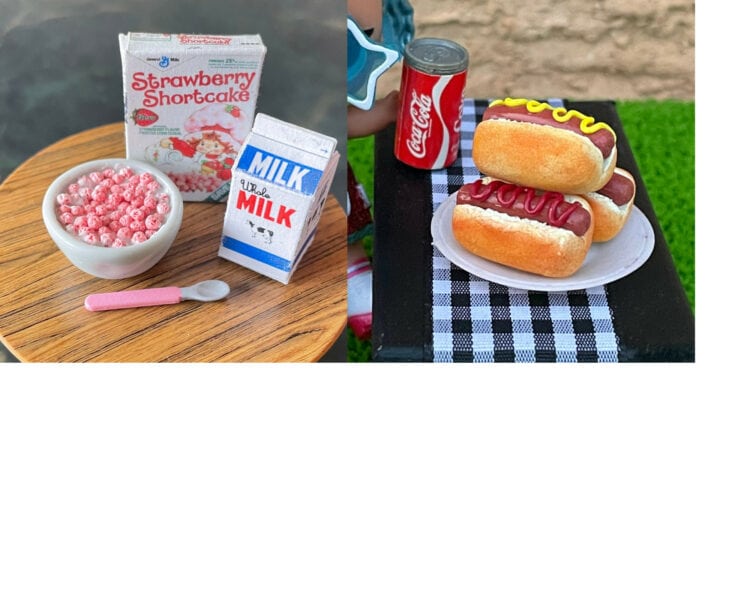If you’ve spent time on social media in the last few years, you’ve likely seen content featuring miniatures. These small-scale models of everyday objects have always been a visual delight, but the process of creating them has mostly been a mystery to the masses. With the influence of social media, artists are able to show behind-the-scenes glimpses of how they create their work. Academy Senior Natalie Birholtz recently shared a bit about her experience with creating miniatures, which led to a paid internship opportunity.
1. Hi Natalie! What first inspired you to start creating miniatures?
I’m a doll and dollhouse collector so I thought it would be really cute to make food to be displayed with my dolls. It makes their tiny world feel complete. The first foods I made were peanut butter and jelly sandwiches, grilled cheese sandwiches and hot dogs. Then, I would set up a scene with my dolls, tiny furniture and the food I made.
2. What are your favorite types of miniatures to create?
I love making miniature food! My favorite part is looking at details that no one really pays attention to. Like the texture of a slice of cake. I look at things and ask the question: how could I make that tiny?
3. How long does it typically take to create one piece from start to finish and what is the process like?
I’ve never kept track of how long one piece takes to make because I make things in batches. Different foods also require different techniques to make so the time varies. I usually make 14 miniature foods within a six hour work day. The creation process is different for each type of food, but most bread type foods start off the same. I use a very light yellow clay to sculpt the base. In order to give food that golden brown look I shade it with pastel. I shave off a little bit of the pastels and then I use a paint brush to dust it on the pieces. Then after all that I put it in the oven to bake.
4. What materials do you use? What size do you typically work in?
I use polymer clay, liquid polymer clay and pastels for most foods. Other types of foods like popcorn or cheese balls require tiny pieces of Styrofoam. I also use paper and plastics for food packaging. I work in 1:12 scale which is the most common scale for dollhouses.
5. Please share more information about your internship!
I work at the Itty Bitty Mini Mart located in the Workshop 4200 building. I work with four other amazing artists Margie Criner, Lucie Van Der Elst, Brian Schuth, and Wendi Napoli. We make all kinds of tiny things like TVs, turntables and guitar amps to name a few. My job is to make tiny foods and help with the assembly of certain items.
6. Why do you think miniatures have become increasingly popular over the last couple of years?
I think social media and Covid have to do with the increased popularity in miniatures. Creating miniatures or even buying miniatures can be a form of escapism. You might not be able to live in an environment you like but you can build one. People were stuck in their homes during the beginning of the pandemic which allowed people to indulge in their hobbies or pick up new ones. Social media has also allowed people to share their work and find a community of people who are into the same things.
7. Have you seen the Thorne Rooms at the Art Institute? (If you haven’t you should!)
I have many times! I love the Thorne Rooms at the Art Institute. The only thing that would make them better is if they had some Calico Critters in period accurate costumes posed in the rooms. If you don’t know what Calico Critters are they are little flocked animal figurines.
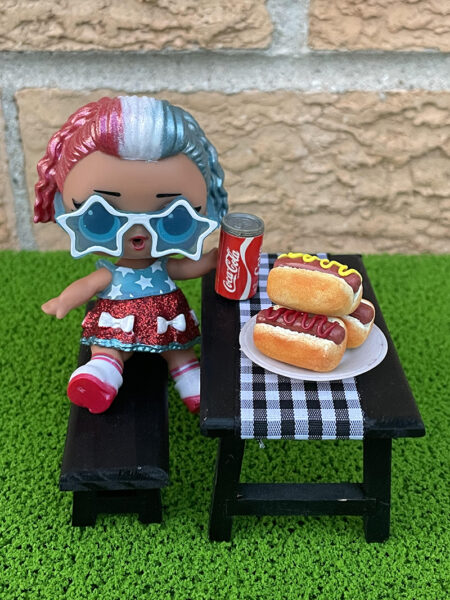
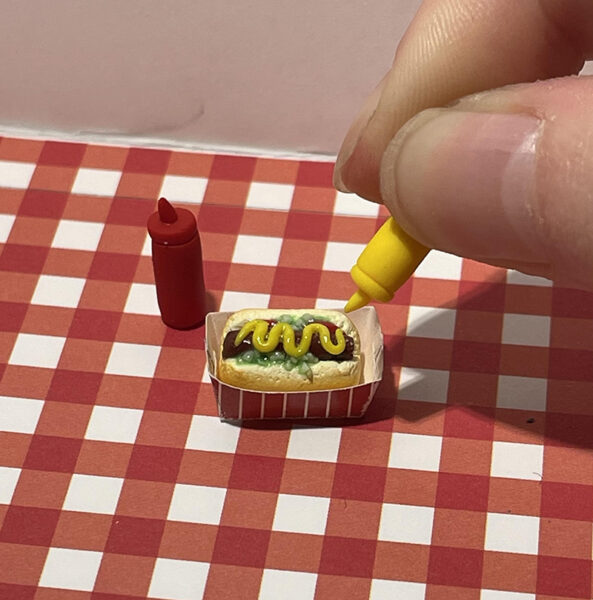
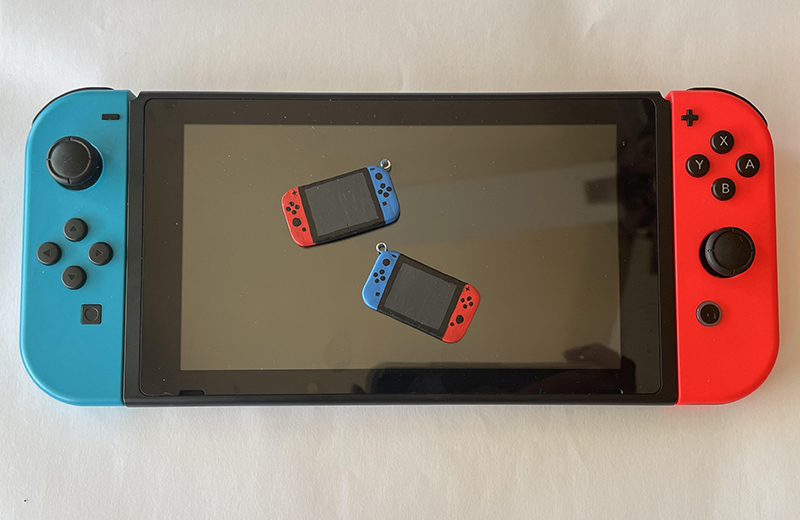
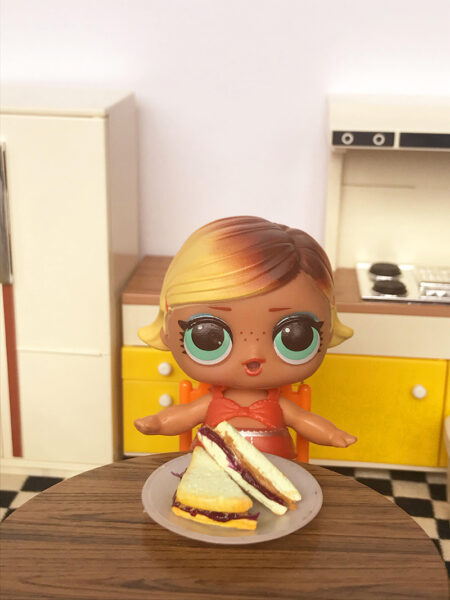
Miniature food created by Natalie Birholtz
